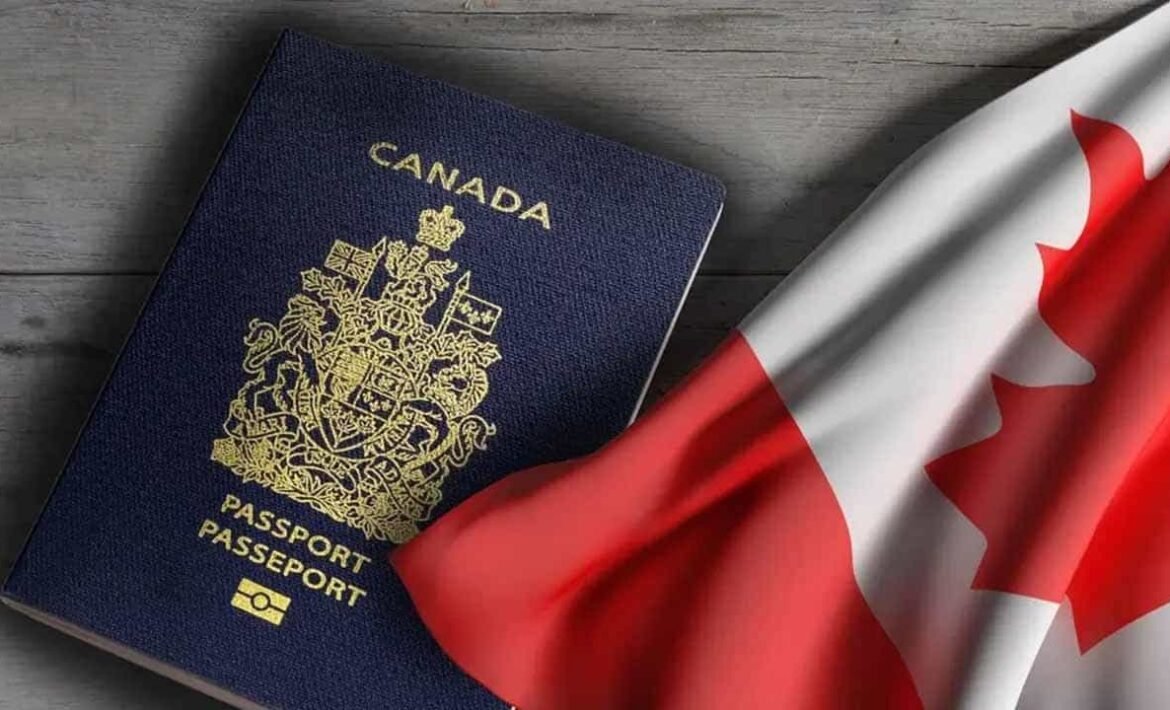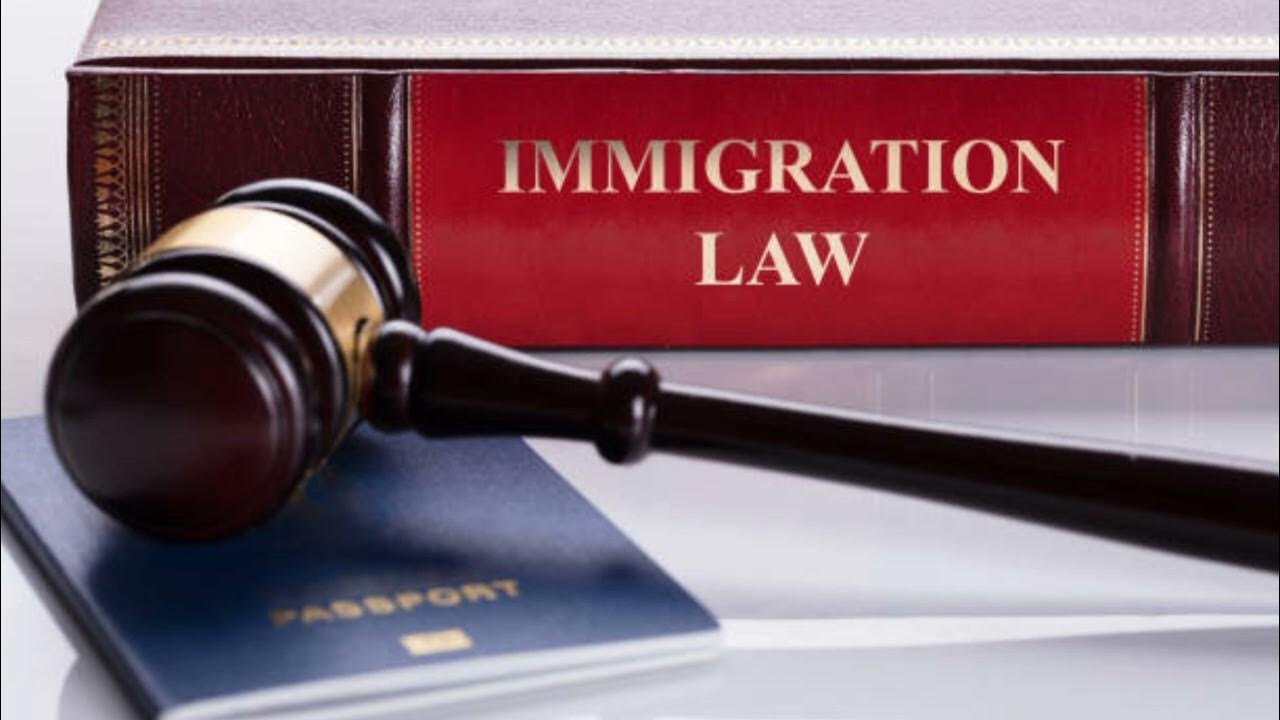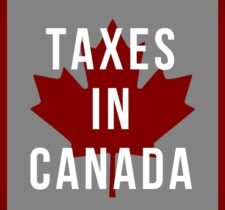Canada is one of the most popular destinations for immigrants around the world, providing opportunities for education, employment, and a better quality of life. However, going to Canada requires an intensive understanding of your immigration laws. Whether you are a student, skilled worker, or entrepreneur, and know that the legal structure helps to ensure a smooth and successful transition.
Overview of the Canadian Immigration Act
The immigration law in Canada is mainly governed by the immigration and Refugee Protection Act (IRPA). This law suggests who may come in, remain, or become a resident or citizen of Canada. The system is designed to balance Canada’s labor market needs, human responsibilities, and family reunification goals.
Categories of Immigration
Canada provides several immigration routes, similar to all different needs:
- Financial class: Programs such as Express Entry, Provincial Register Program (PNP), and professional immigration sections are included. These are for skilled workers, professionals, and entrepreneurs who can contribute to the Canadian economy.
- Family class: Canada allows citizens and permanent residents to sponsor close relatives, such as male -wife, children, or parents.
- Refugees and asylum seekers: Individuals who flee from harassment, struggle, or human rights violations.
- Temporary residents: Students include temporary workers and visitors who come for a limited period with specific permits or visas.
Permanent Stay and Citizenship
Permanent resident Canadians enjoy equal rights to citizens, such as access to health care, education, and work opportunities. After meeting the housing requirements – three of the last five years later – citizens can apply for Canadian citizenship.
Great Requirements Qualifications On
Immigration often depends on factors such as age, education, work experience, language skills, and adaptation capacity. Programs such as Express Entry use a comprehensive ranking system (CRS) to assess candidates and invite the thehighest-rankedk to apply for a permanent stay.
Legal Representation and Support
Many applicants choose to work with immigration advisers or lawyers to be accurate and complete. Documentation or a lack of time may delay or prevent to provision of valuable professional guidance.
Newer Trends and Changes
Canada continues to expand its immigration goals to address the lack of labor shortage and support economic development. Politics focuses on quickly attracting skilled workers, health professionals, and technical talents. In addition, special measures have been taken to help refugees and families affected by global crises.
Rights and Liability for Immigrants
In Canada, immigrants are protected by the Canadian Charter of Rights and Freedoms, ensuring access to equality, security, and justice. At the same time, new people should respect Canadian laws, pay taxes, and fulfill housing obligations.
Conclusion
The immigration law in Canada is widespread and designed to support both national interests and personal ambitions. By understanding legal routes, requirements, and rights, new people can better navigate the system and build a safe future in Canada. Whether you are looking for education, career opportunities,o r or reunification, the immigration structure in Canada offers a structured and fair process to achieve your goals.







